Nanette & Jason
Attractions
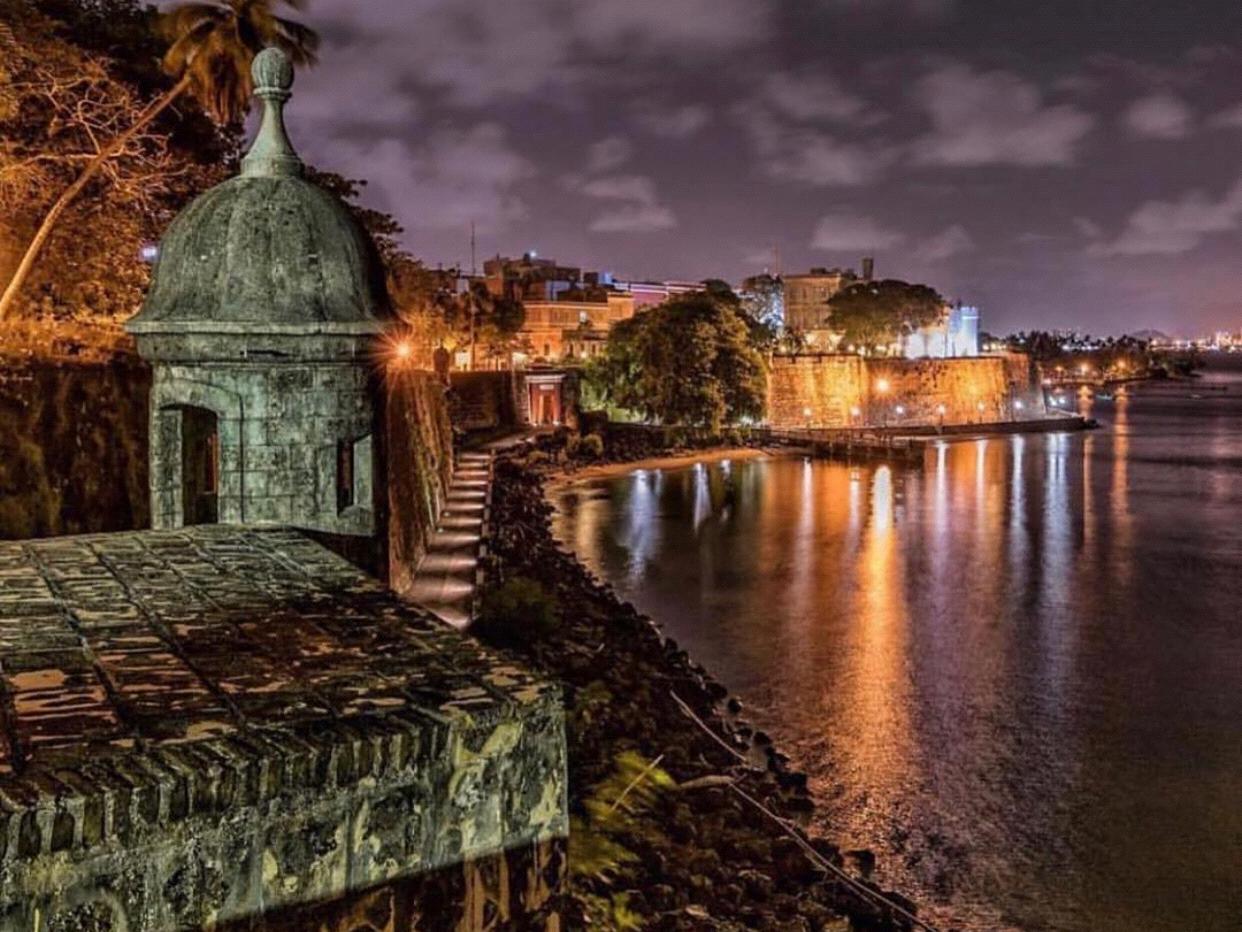
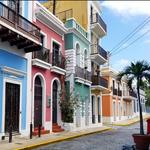
Old San Juan
Old San Juan (Spanish: Viejo San Juan) is a historic district located at the "northwest triangle" of the islet of San Juan, and is also a UNESCO World Heritage Site. Also known as "The Isle of Enchantment", this old city has buildings dating from the 16th century, brightly colored houses, cobbled streets and amazing views of the Atlantic Ocean and San Juan Bay. There is always something beautiful and interesting to see, everywhere you walk. Enjoy a day walking around the old city with the many sites to see, foods to eat and other experiences to create new memories.
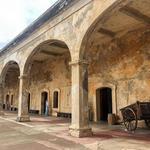
Castillo de San Cristóbal
Castillo San Cristobal is the largest fortress that the Spanish built in the new world. A UNESCO World Heritage Site, this is part of the San Juan National Historic Site; an area that includes fortresses, bastions and the old city wall. Castillo San Cristobal was built in 1783 to protect the city from attacks when European powers tried to take over. An admission of $7 of needed to tour inside the fortress, which is also valid for two days to allow you to see other parts of the San Juan National Historic Site, like Castillo El Morro.
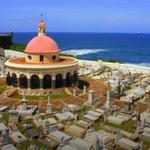
Cementerio Santa María Magdalena de Pazzi
Sitting alongside the Atlantic Ocean, life-sized sculptures made of marble and bright white burial sites, the cemetery is a photographer’s dream. It is the final resting place of many Puerto Rico's most prominent natives and residents. Construction for the cemetery began in 1863 and opened a few years later. It was named in honor of Saint Maria Magdalena de Pazzi. Visitors are welcome to walk into the cemetery for free until 4pm. It is located just a 15-20 minute walk from the fort to the cemetery. If you don't have time to make your way into the cemetery itself, you can get some great views from the top of Castillo del Morro.
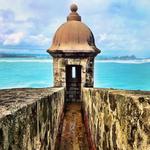
Castillo San Felipe del Morro
This 16th century citadel sits at the northwestern-most point of the island and was named a UNESCO World Heritage site in 1983. The fortification was designed and built by Spanish engineers over 250 years and found in the 1500s. The result is an impressive 6 level fort that played a vital role in protecting the colonized island from invaders entering San Juan Bay. These days, the fort offers incredible views of the Caribbean Sea and amazing photo spots!
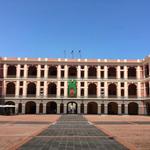
Museo De Las Americas
The Museo de Las Americas was originally built to accommodate soldiers and their families, included kitchens, warehouses, stables and a prison. This massive building now houses offices and the Museo de las Americas. Exhibits in the museum chronicle the cultural development in the new world and include craft exhibits, a collection of the Caribbean, Native and European art, artifacts, and a collection of carved saints.
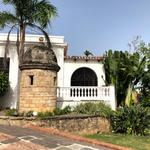
Casa Blanca
Ponce De Leon commissioned the building of this 16th century house, but died before he had the chance to move in. His decedents inhabited the house for the next 250 years before the Spanish military took it over. Today is it a museum of life in the 16th, 17th and 18th century. Each room represents a different period in the 3 century time span to give the observer an idea of what life was like in each period in the houses's history. Admission is $5 to freely tour the inside Casa Blanca Museum and the nearby gardens.
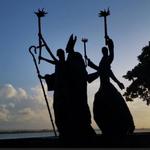
La Rogativa
According to a Puerto Rican legend, British troops were laying siege to San Juan in April of 1797. The townswomen, led by a bishop, formed a rogativa (prayer procession) and marched throughout the streets of the city - singing hymns, carrying torches, ringing bells and praying for the deliverance of the city. Outside the walls, particularly from the sea, the British navy mistook this torch-lit religious parade and sounds as evidence of the arrival of Spanish reinforcements. When morning arrived, the British were gone from the island, and the city was saved from possible invasion. This is also the location of our wedding ceremony.
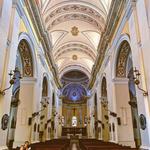
San Juan Bautista Cathedral
The Cathedral Metropolitana Basilica de San Juan Bautista is one of the oldest buildings in San Juan, Puerto Rico, not to mention the oldest cathedral in the US and the 2nd oldest in the Americas. The original structure was made of wood in 1521, but was essentially destroyed by a hurricane and rebuilt in 1540. This cathedral also contains the tomb of the Spanish explorer and settlement founder Juan Ponce de Leon.
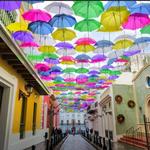
Calle de la Fortaleza
Calle Fortaleza is a great spot to stop and take a few fun photos. Colorful umbrellas hang over the street between the buildings and occasionally change in color depending on a particular time.
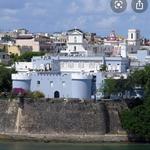
La Fortaleza
La Fortaleza, which means ‘The Fortress’, is the official residence of the Governor of Puerto Rico. It was built between 1533 and 1540 to defend the harbor of San Juan. The structure is also known as Castillo Santa Catalina translative on in continuous use in the New World. It was listed by UNESCO in 1983 as part of the World Heritage Site "La Fortaleza and San Juan National Historic Site". Guided walking tours are offered Monday through Friday between 8:15 am and 3:30 pm. This 30-minute tour will cover the lush gardens and will venture inside the building when the government is not in session. Because La Fortaleza is a functioning government building, it is subject to closures without warning. It is advised to call beforehand to get the itinerary of the day. Call or email: tours@fortaleza.pr.gov
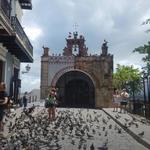
Capilla del Santo Cristo de la Salud
Tucked away in the corner of the old walled city of San Juan is a tiny chapel, one of the most beautiful and secluded monuments in the old capital. Capilla del Cristo (Chapel of Christ) was built on top of the ancient stone walls that protected Puerto Rico's capital in 1753 to celebrate a miracle. Since then, tens of thousands of faithful visitors have come to this humble chapel to pray for cures. The chapel is free and only open on religious days.
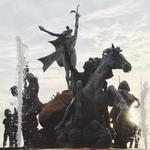
Paseo de la Princesa
Paseo de la Princesa was originally built in 1853 and over the past decades has become a great place to walk or people watch. The tree lined promenade provides plenty of shade and you will find local street vendors, artisan stalls and live music as you walk along the stone pathway. The Raices Fountain sits at the end of the walkway, which depicts the rich cultural diversity and heritage of Puerto Rico through the images of Amerindian, African and Spanish people.
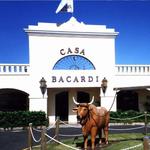
Casa Bacardi
The locals consider the Bacardi Rum Distillery to be the cathedral of rum. During a distillery visit, you'll explore the rum making process at this popular tourist experience. There are a variety of tours that you can do at the distillery, like tour the factory and taste rums from vintages not available anywhere else. - The Historical Tour is $15 +tax and includes: Guided tour of the Bacardi Visitor Center - The Rum Tasting Tour is $50 +tax and includes: Guided tour of the Bacardi Visitor Center, tasting of six premium rums, access to Bottle Your Own Bacardi Experience & Gift Shop. Both tours include a Bacardi Welcome Cocktail for those who are over the legal drinking age.
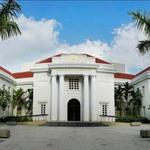
Museo de Arte de Puerto Rico
The Museo de Arte de Puerto Rico in Santurce is home to an expansive collection of art from the Caribbean and beyond. The museum also offers more than just artifacts, hosting concerts and events on its lush grounds. Admission is $8 to enter the museum and surrounding grounds. It is open Wednesday through Sunday.
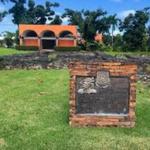
Caparra Archeological Site
Known as Caparra or La Ciudad de Puerto Rico, the city was established in 1508, making it the oldest known European community currently under the authority of the United States. Because of its inconvenient location and the threat of Indian attacks, its settlers soon abandoned Caparra. In 1521, the Spanish officially moved the capital north to San Juan, where it remains today. The Caparra Archeological Site is a National Historic Landmark that encompasses the location and significant remains of Puerto Rico’s first capital. The Caparra Archeological Ruins is located in Guaynabo, a town just south of San Juan. Admission to the grounds and museum is free and open Monday through Friday.
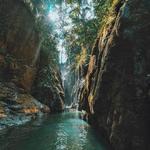
El Yunque National Rainforest
The El Yunque National Forest is the only tropical rain forest in the national forest system. At nearly 29,000 acres, it is one of the smallest in size, yet one of the most biologically diverse of the national forests hosting hundreds of animal and plant species, some of which are only found here. El Yunque is about 40 minutes outside of San Juan. There are lots of tour operators who provide transportation from and to your hotel and even provide guided tours in the rain forest.
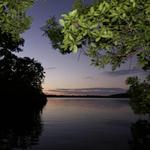
Bioluminiscent Bay
There are only a handful of bioluminescent bodies of water in the world and Puerto Rico happens to be home to three of them. And if your trip to Puerto Rico is based around San Juan, you can still squeeze in a visit to bioluminescent waters at Laguna Grande, located about an hour outside of the capital city. While not technically a bay, but a lagoon, Laguna Grande is best experienced by kayak. A round-trip journey down a narrow canal to the lagoon takes about two hours. If you’re not comfortable kayaking, you can also peek at the waters from afar by walking along a boardwalk through a mangrove swamp. It’s such a wonderful experience to see the water ‘glow in the dark’!
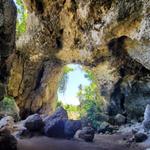
Parque Histórico Cueva María de la Cruz
Parque Histórico Cueva María de la Cruz is just a quick stop on your way to Piñones. Once a place where slaves found refuge, it now serves as an archaeological site that held many historical tools, pottery and even human artifacts from the Taino tribe. In addition to the history and cultural experience, the park also holds a number of beehives in the ceiling of the cave. This is the largest habitat of bees in the Caribbean Islands. There is perfect sunlight within the cave on a perfect day, making for great pictures! There is a small park fee with street parking available. You can visit during Wednesdays through Sundays, 8a-5p.
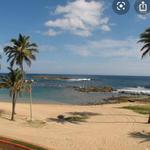
Playa El Escambrón
Balneario El Escambron is the most picturesque beach in San Juan protected by a coral reef with soft golden sand and perfectly landscaped with tall palm trees providing cozy shaded spots. Be sure to block off much more than beach time, you’ll be walking into a recreational park with enough activities for a fun-filled day the whole family will enjoy. Escambron Beach is located in Puerta de Tierra within walking distance from Old San Juan and Condado. This is the best public beach in the metro area offering much more than a great beach experience. Here you can snorkel, scuba dive and even take a romantic walk along the scenic oceanside trail.
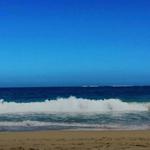
Condado Beach
Condado Beach is free to access and is open daily from dawn to dusk. The beach extends for several miles east of Old San Juan, and is lined with high-rise resorts, local shopping and a wide variety of delicious restaurants.
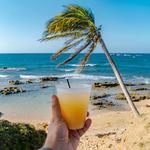
Piñones
Piñones is an area just outside of San Juan, located along Route 187, which runs along Puerto Rico's north coast and connects San Juan and Loíza. In places, it's a very scenic road that shows you a more rustic side of the island. Stop in Pińones and stop at whichever kiosk you like I to order some great authentic local street food. The smells here are incredible. Between the aroma of the dishes, the natural ocean breezes and salty air and the whole general ambiance – you cannot but help to feel great as you begin your day!
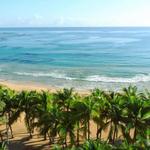
Luquillo Beach
Just below the mountains of El Yunque rain forest, Luquillo Beach is a crescent of sand with majestic coconut palms that shade more than a mile of fine and shimmering sand. It is one of the most poplular and nicest public beaches in the San Juan area. Before you leave Luquillo Beach, stop by the Luquillo Kiosks to sample the local cuisine and tropical scenery- a local favorite! The food kiosks are located parallel to the beach and houses over 60 food vendors.